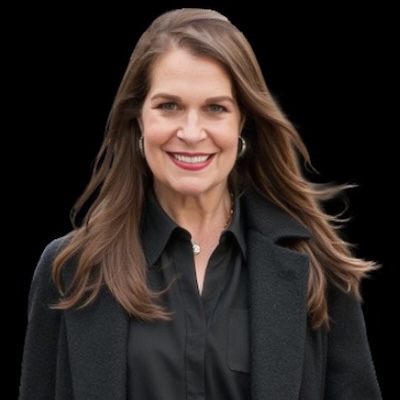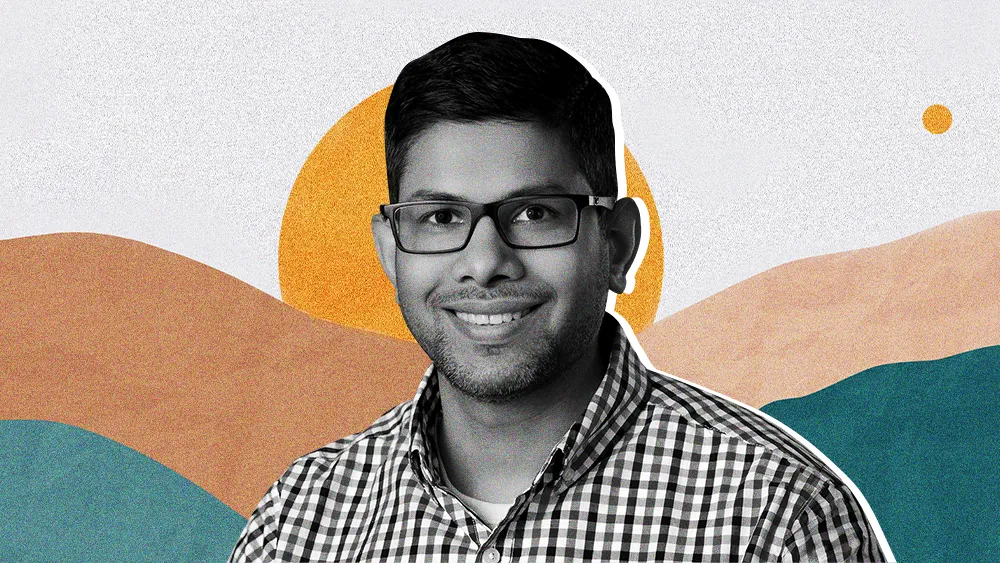
Key Points
- Replacing the traditional, command-and-control organizational model is a fluid, outcome-driven "orchestration graph."
- Tonya J. Long, Chief Investor Officer of K2X Capital, explained why hierarchical systems won't work in the near future, recommending a shift in focus from productivity to outcome-based results.
- She described how, with AI agents to handle administrative tasks, humans would be free to focus on creativity and innovation.
- Companies that fail to adopt this new, orchestrated model risk being outpaced by competitors, Long concluded.
For decades, organizations have been built on rigid, hierarchical org charts designed for command-and-control. But as AI-powered agents and a new generation of workers redefine the nature of productivity, this static model is collapsing under the weight of its own inefficiency. Instead of a pyramid, the future of work is a fluid, multidirectional, and outcome-driven scatter plot. Now, industry experts are calling this approach the "orchestration graph".
To find out why the corporate ladder is collapsing, we asked Tonya J. Long, Chief Investor Officer at global investment fund K2X Capital. With a resume forged in the executive suites of complex giants like Avaya and Akamai Technologies, she "grew up in a command-and-control environment." Long has spent her entire career mastering the very systems she now says are obsolete, which is precisely why her call for a new model is so compelling.
Dismantling these familiar structures probably feels risky, Long admitted. But the real risk lies in inaction.
The risk of waiting: Already, the shift to a more fluid, orchestrated model is becoming the new basis for competition, Long said. "The real driver for change will be competition. When we see other companies executing an orchestration model and succeeding, we’ll understand that their secret sauce is the wisdom of how they arrange teams to focus on outcomes. That will be the impetus for everyone else not to be left behind."
The evolution often requires a thorough re-evaluation of leadership roles, Long advised. Sometimes, the experience can get uncomfortable, especially for those accustomed to clear lines. "As leaders, we have to let go of authority, accountability, and measurement. These have been the core constructs of work, how you progress, and how you grow your career. Now, the hierarchies that supported that entire system are falling apart."
Unraveling the old paradigm: In Long's experience, the transformation usually begins with a fundamental shift in philosophy. The old way of work was obsessed with activity. Hours logged, tasks completed, boxes checked. Now, the emphasis is on impact. "We are finally starting to focus on outcomes instead of activity. It’s no longer about being at your desk for eight hours to prove you're busy. The only thing that matters is the quality of the result you produce."

For Long, the ultimate promise of this new era is human liberation. "I've been a high-level executive for a long time, and I am the first to admit 65% of my work was very administrative." Now, that burden is precisely what AI agents are poised to absorb.
Digital coworkers: Achieving those results requires a new kind of team, Long said. Here, humans and AI are collaborators, not coworkers. Leadership’s role also shifts from overseeing people to designing workflows that empower a hybrid workforce. "We have to stop managing people as units of labor, as just another forty hours in a work plan. That approach is a science that lacks humanity. Instead, we can design new workflows that bring AI agents into the mix, creating a system where humans and digital labor create value together." When value is democratized, great ideas can come from anywhere, she explained.
A new measurement: If the teams are changing, then how we measure them must also change, Long explained. In a world of constant iteration, feedback can’t wait for a quarterly check-in or an annual review. The rituals of the past are no longer fit for purpose, she continued. "Measurement needs to be early and fast, so that we can iterate just as quickly. The annual performance review, with a bonus tied to it, is a construct that no longer serves us. This requires a wholesale shift in how we pay, recognize, and grow our people."
Citing the work of Wharton professor Ethan Mollick, she noted that these tools don't require perfect systems to be effective. In what has been described as a "garbage can" model, AI can sift through messy, unstructured data and identify patterns for us, freeing companies from the endless, expensive task of perfecting their datasets before they can begin.
By letting go of control and handing the drudgery of work to digital labor, we unlock the one thing that can’t be automated: human creativity. The most valuable teams of the future will be built on this freedom, Long concluded. "The best outcomes are going to be produced with highly diversified teams that combine administrative machines with technical, policy, and relational thinkers to amplify human ingenuity."
.svg)





